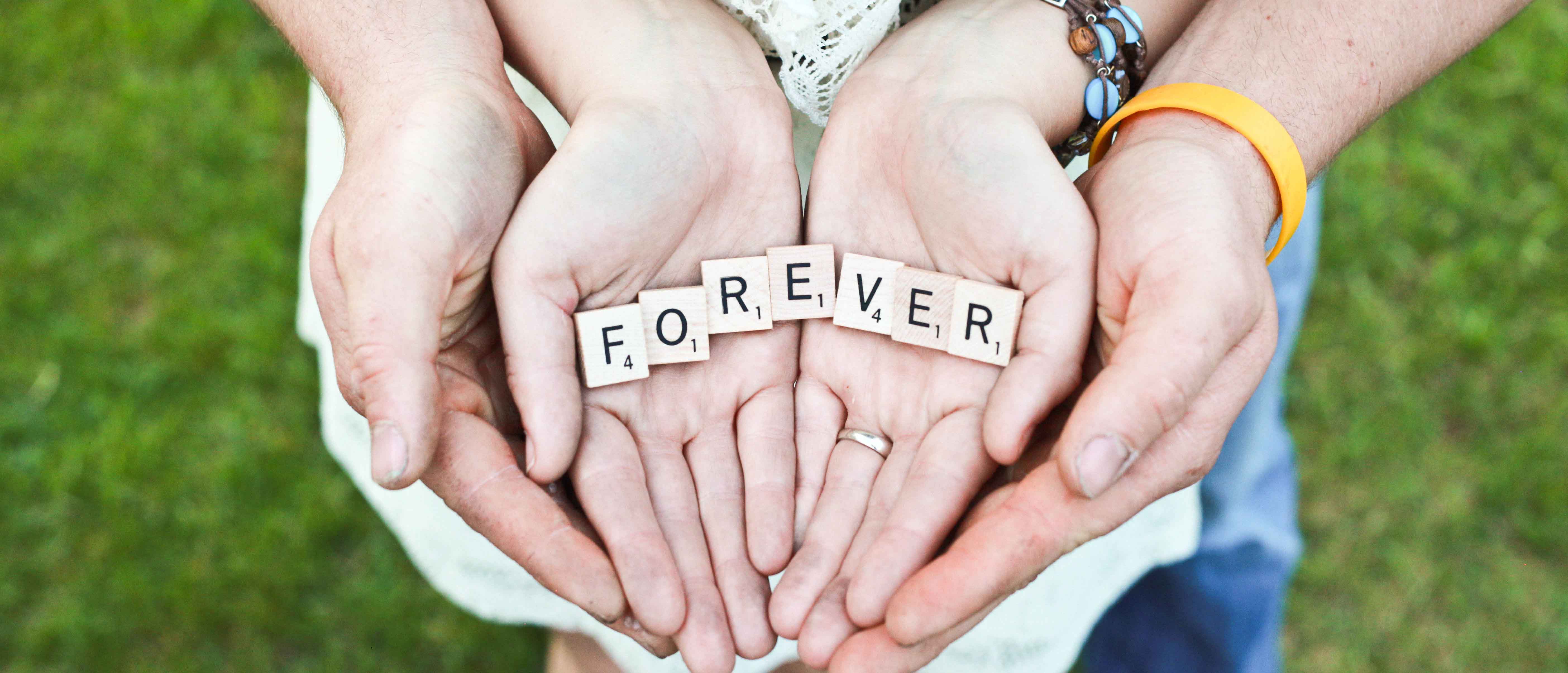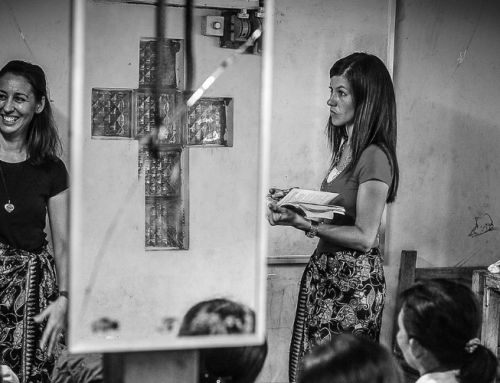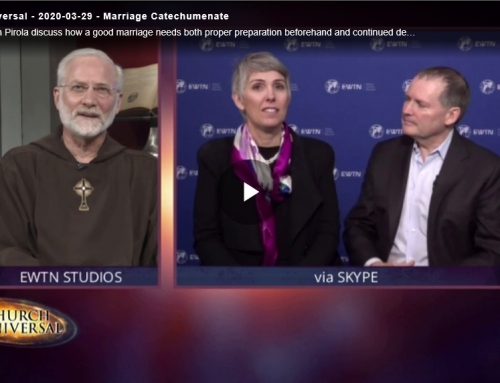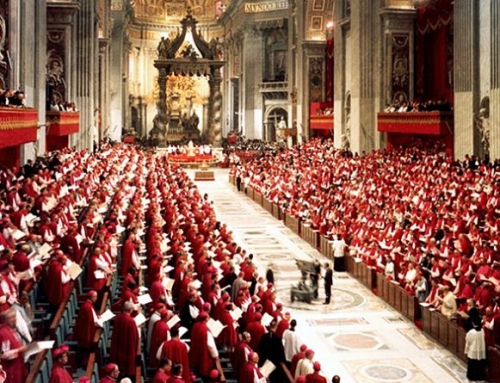An article by demographers at the University of Minnesota published in March 2014 revealed that the current divorce rate is much higher than previously thought, especially among those thirty-five and older. This news suggests that two generations of no-fault divorce (among other things) have altered the general concept of marriage and have severely eroded our society’s confidence that marriage can be counted on.
Indeed, the high divorce rate has ceased to shock or even concern many people. Divorce has become an acceptable, normal fact of life. The predominant view is that many marriages break down through no fault on the part of either spouse: they simply “grow apart.” And so—the thinking goes—one cannot expect married men and women to keep their vows to remain devoted to each other until death parts them. If marriage is a love relationship, and the love has died, is it not pointless to continue with the charade of “marriage”?
But this conventional wisdom is based on a redefinition of what marriage is. In the traditional understanding, the term “marriage” is reserved for the comprehensive union of a man and a woman—bodily, emotional, and spiritual—of the kind that would be naturally fulfilled by conceiving and rearing children together (even though in some instances that fulfillment is not reached). In the alternative view, marriage is seen as an essentially emotional and sexual relationship that, by implication, can be dissolved when the relationship is no longer emotionally fulfilling.
This false view has caused marriage to be fragile and has led to immeasurable tragedy for children, wives, and husbands. In this view, children are only extrinsic additions—burdens or benefits. And if the emotional closeness has been lost, it seems to follow that the marriage itself has simply broken down of its own accord and can be dissolved. This view has led to the rising divorce rates we’re seeing reported.
…Permanence for the Sake of Children
Marriage is naturally oriented to providing a home for any children that may come from the spouses’ union. The conceiving and rearing of children is not extrinsic to their personal union, but is its natural fruition. And so the spouses should be united in a way that is proportioned to that end. As children mature, they need care and guidance with respect to every aspect of their humanity. It follows that the spouses should be united with respect to every aspect of their lives. They should share their whole lives with each other, and that requires a commitment to a lifelong union.
…
The child needs both his mother and his father. Having both is not always possible: for example, a father may be called into armed service, may die, or may abandon his child. But a child has a natural need for—and a right to, if possible—the love and care of both his mother and his father. Therefore, the spouses should be committed to being united at least for the duration of their child-rearing years. Yet the marital relationship should not be treated as a mere means to conceiving and rearing children. To do so would be to treat the children as mere products rather than as persons worthwhile in themselves. Children should be appreciated as gifts that supervene on spouses’ love for each other and not as mere products.
….
The Marital Bond Remains
But what of those couples who simply “grow apart”? If marriage is a love relationship—embodied in sexual union and naturally oriented to children—nevertheless, does it not simply die if the love between the spouses has died? Part of the answer is that while one does not have direct control over one’s feelings, one can still choose to remain devoted to one’s spouse. And that may bring it about eventually that the feeling of love returns.
When a man and a woman commit to marriage, they commit to what they can do, not to what they will feel.
You can’t promise what you have no control over. When the spouses vow to “love and cherish” each other, they are committing themselves to do certain things, to voluntary conduct.
The mutual commitment creates a moral bond—a set of rights and obligations to each other—and initiates the marital community. So there is a distinction between the marital community the spouses are committed to developing and deepening, on the one hand, and the set of rights and obligations created by that mutual commitment, on the other. That set of rights and obligation can be called the marital bond. It is the minimum, the core of marriage—what exists even if the spouses are emotionally estranged and perhaps even live in different cities. Although the marital communion may become weakened, the marital rights and obligations continue: the couple remains married.
The commitment to be faithful to one’s spouse—for better, for worse, in sickness and in health, until death parts them—is not a pledge to keep the same feelings that they have as bride and groom on their wedding day. Rather, the commitment to marry is a decision to enter a relationship that has an objective structure independent of the wills of the spouses.
Men and women can decide to enter or not to enter the marriage relationship, but they cannot by their wills alter the fundamental kind of relationship marriage is. Marriage is the kind of relationship that should be lifelong.
Patrick Lee is the McAleer Professor of Bioethics at Franciscan University of Steubenville. He is coauthor, with Robert P. George, of Conjugal Union: What Marriage Is and Why It Matters.






